35th Bienal de Sao Paulo
06 Sep - 10 Dec 2023
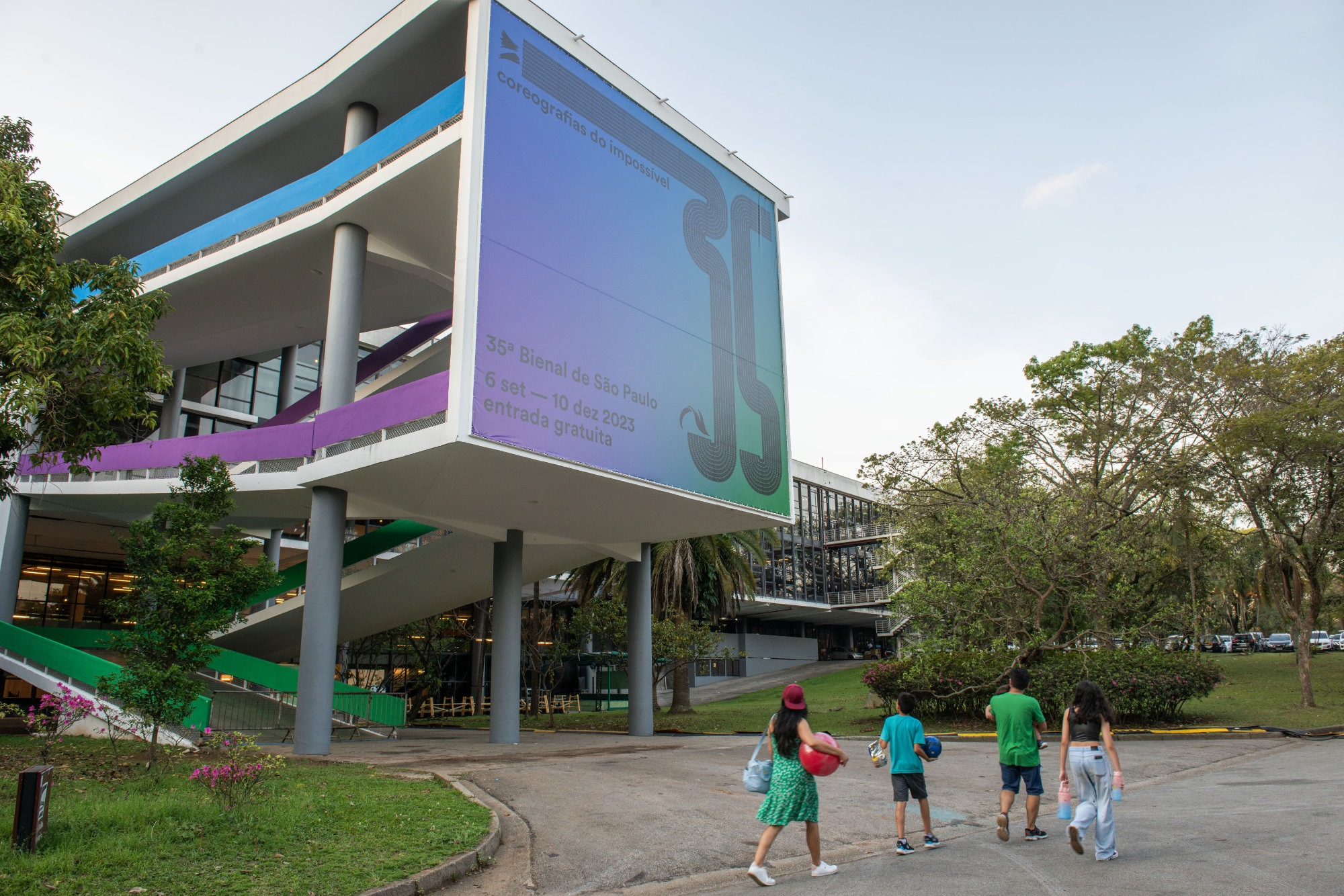
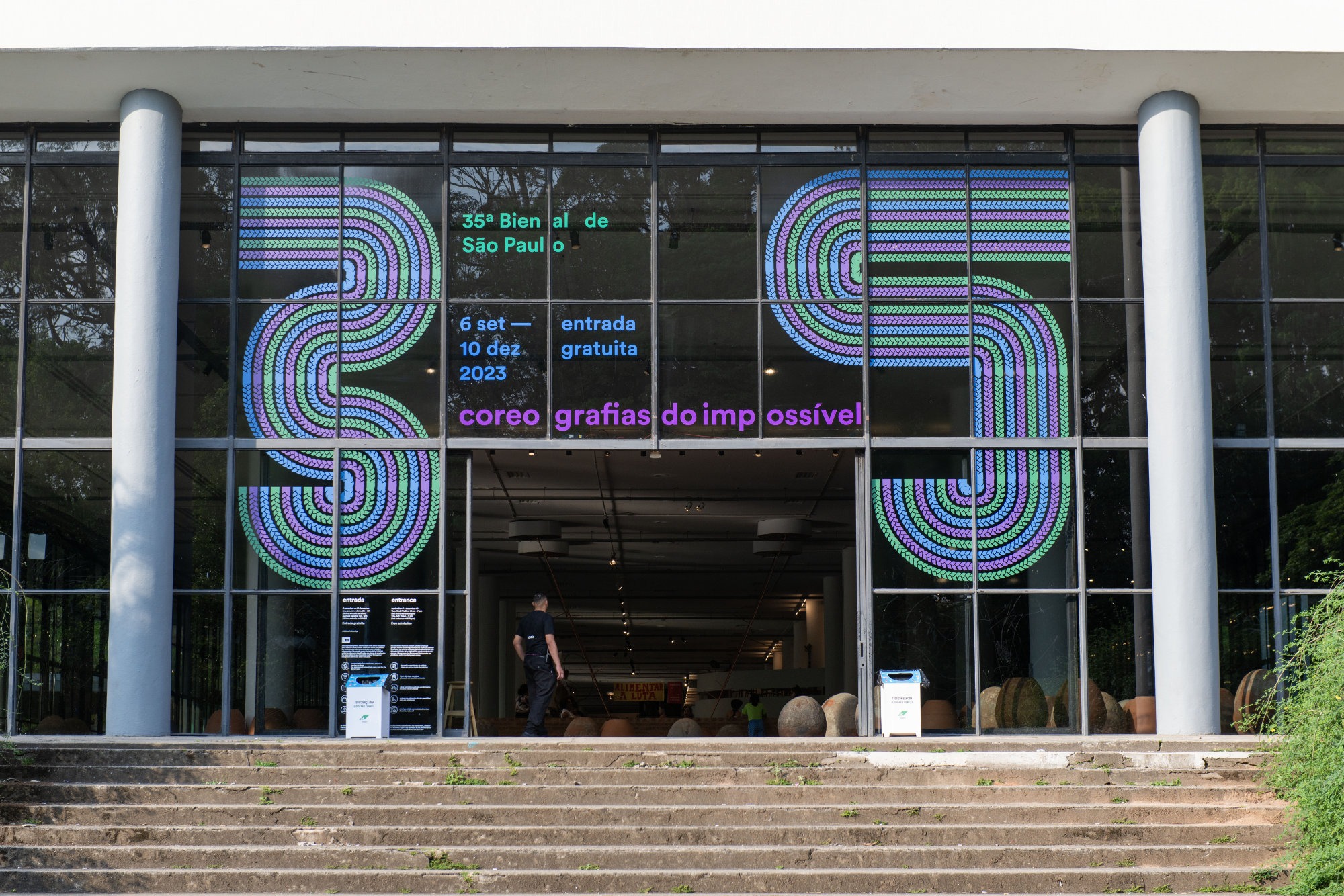
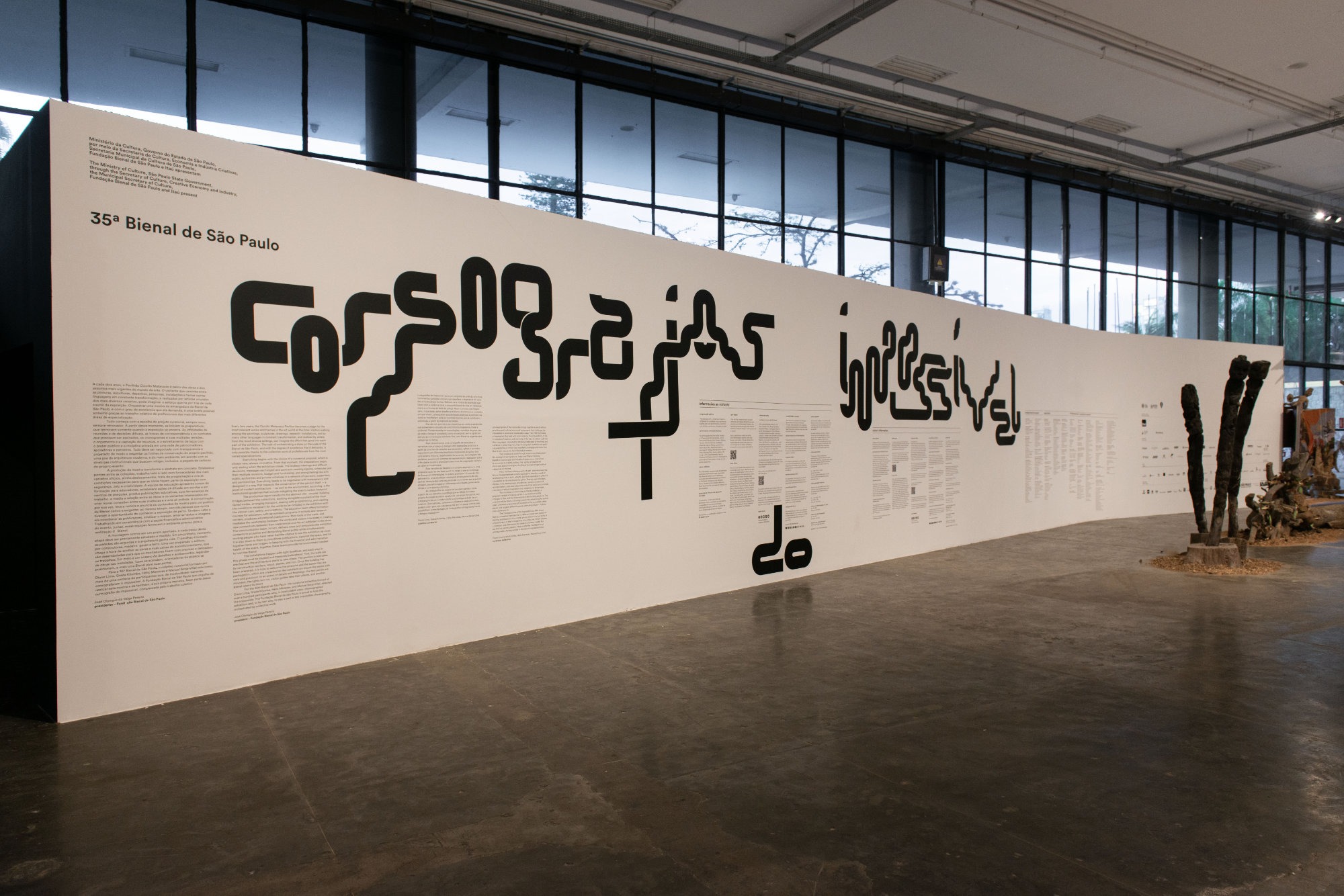

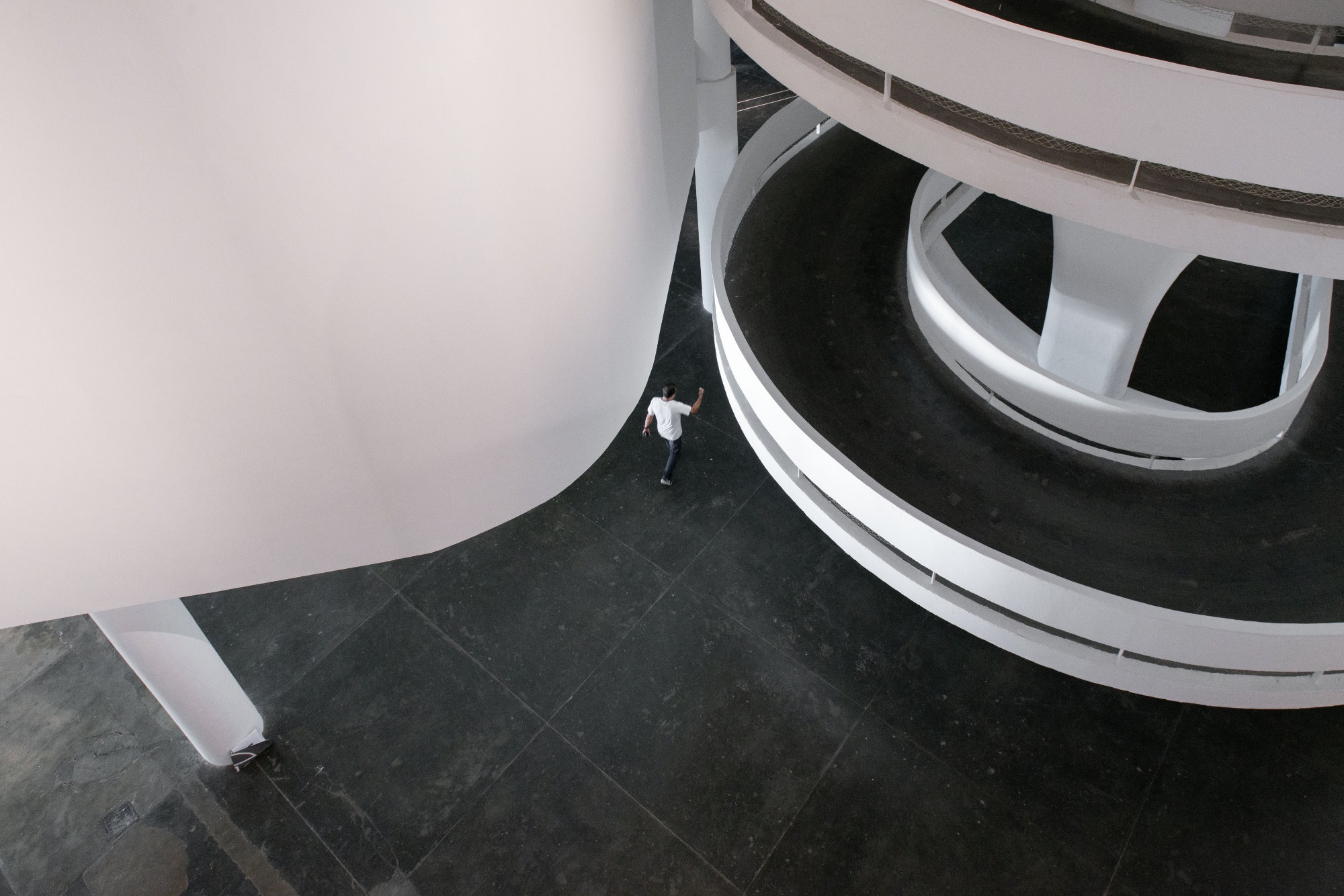
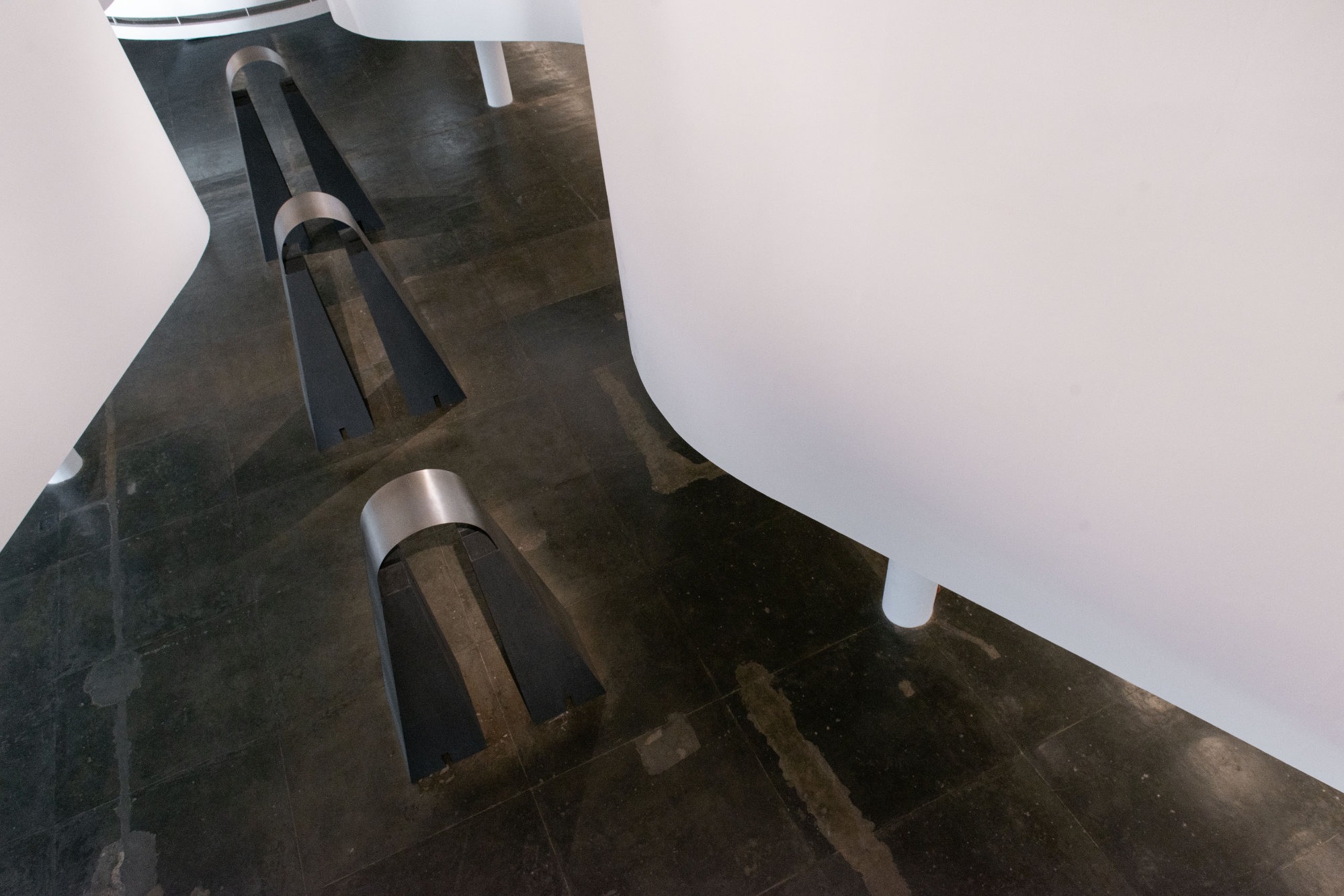
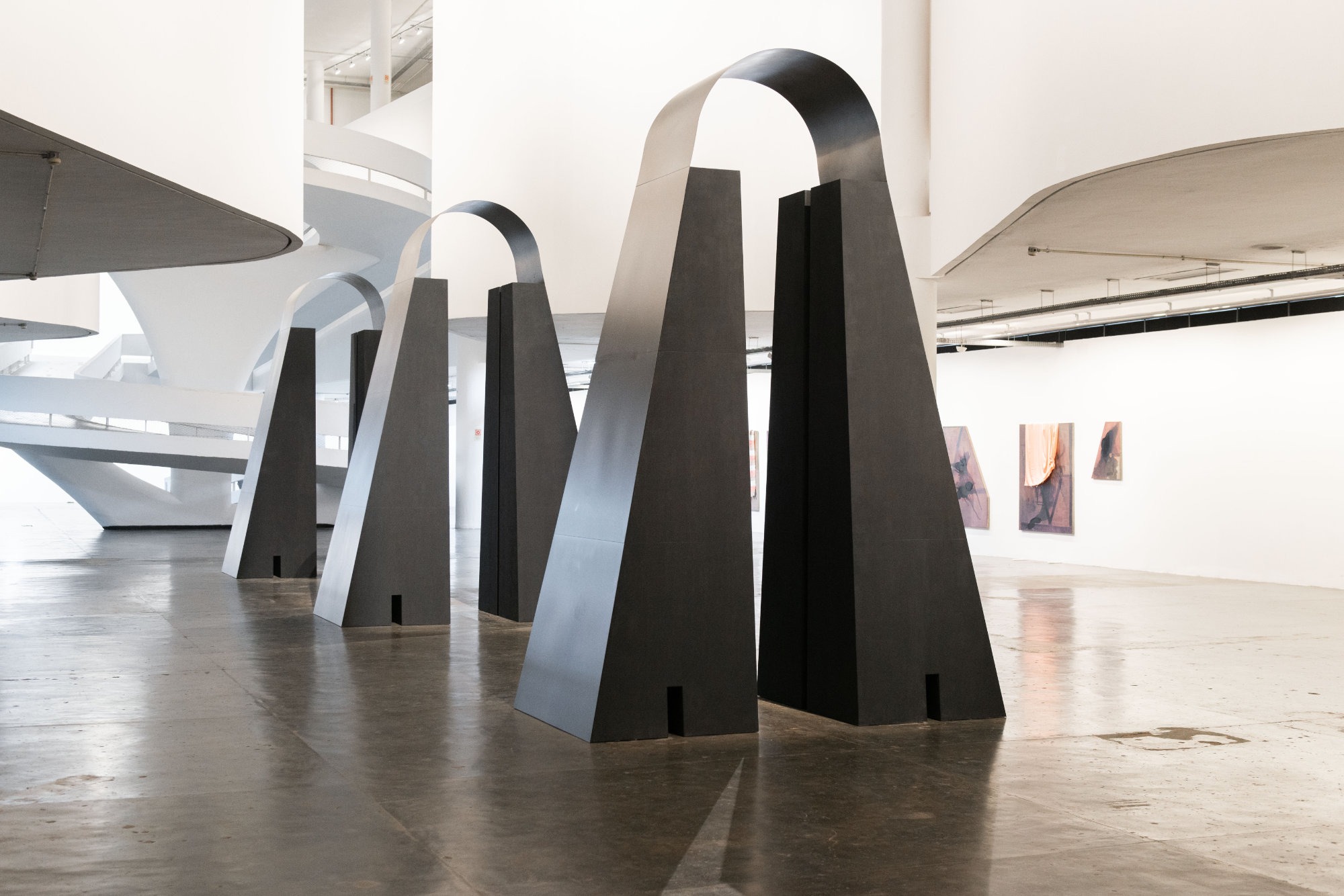
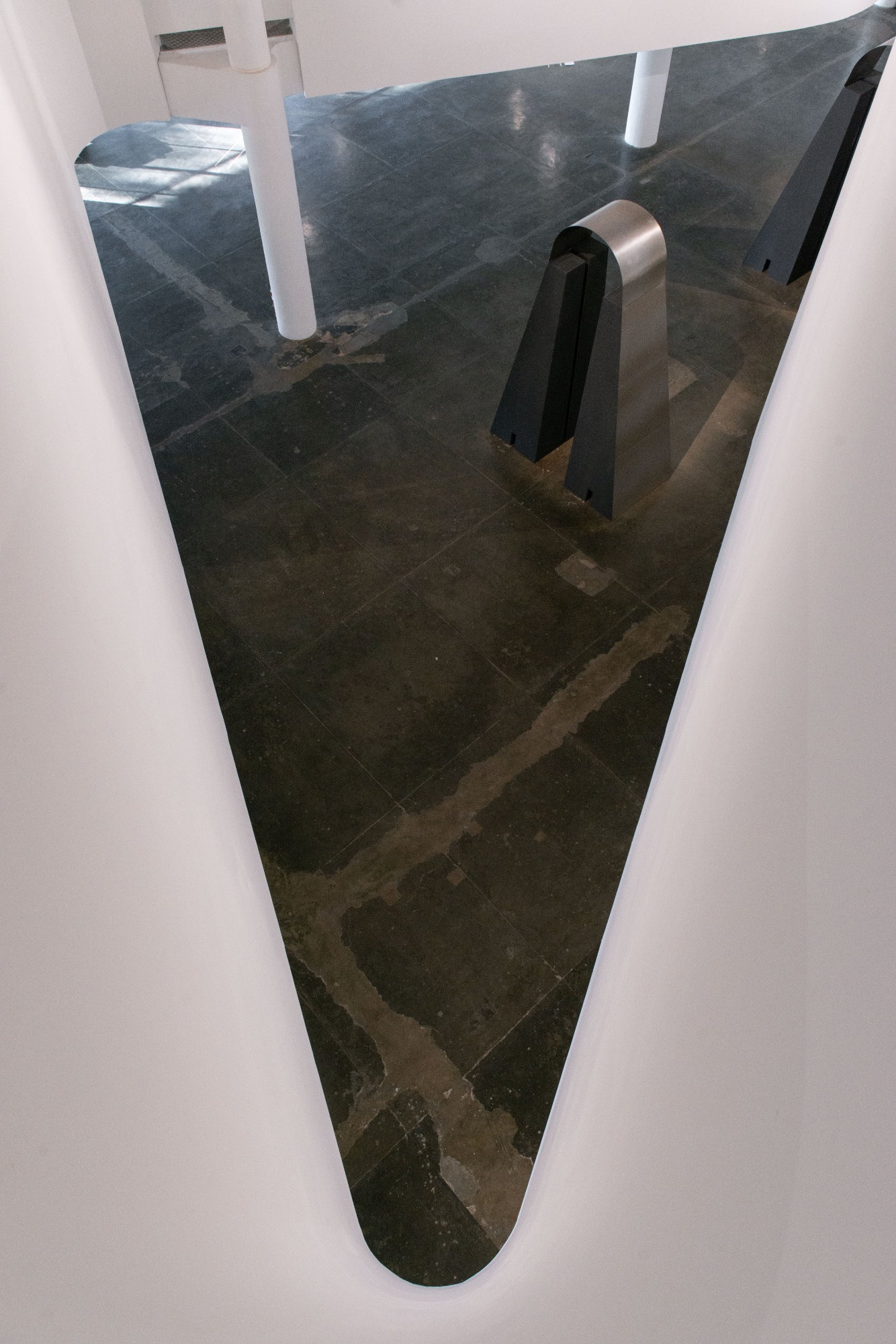
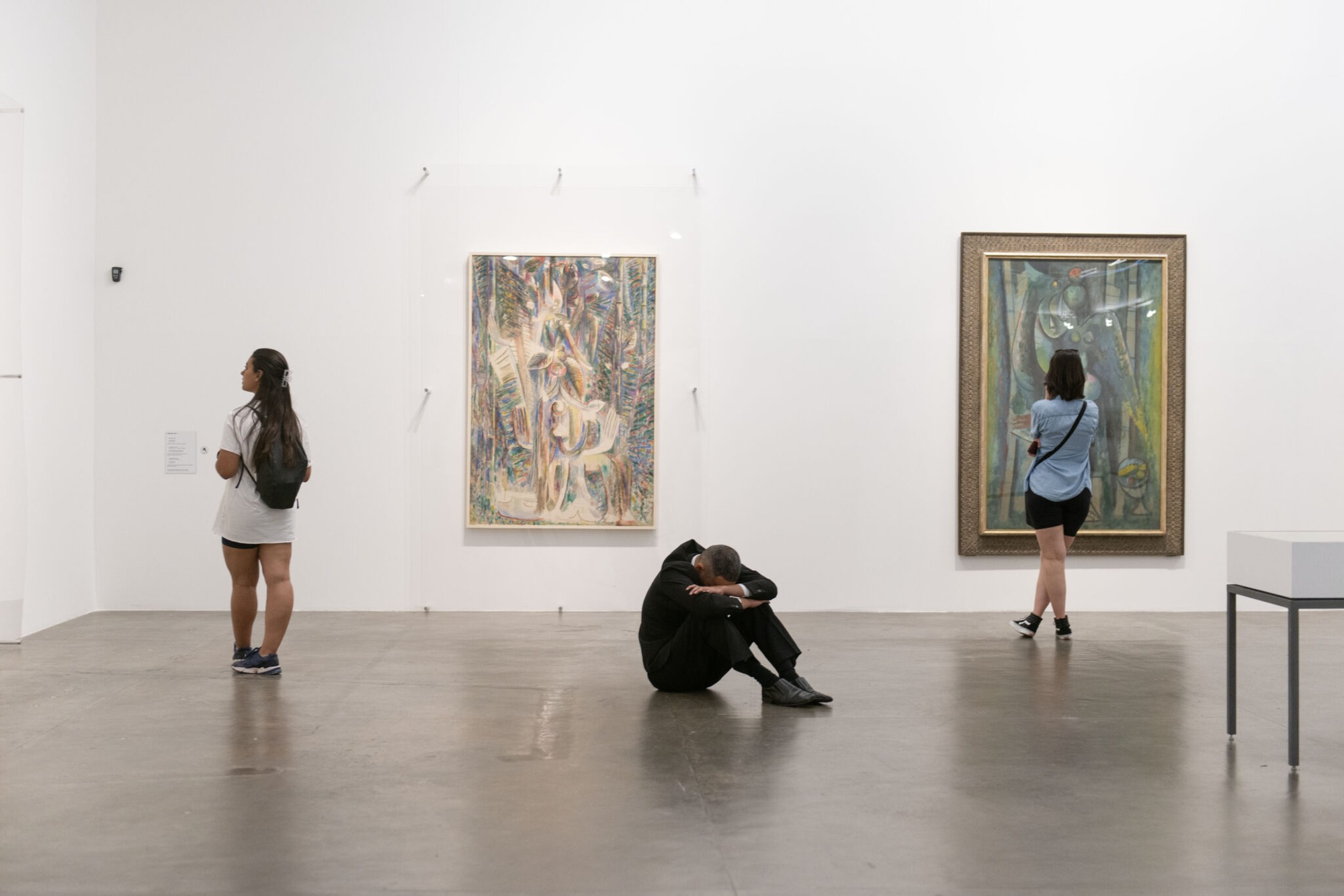
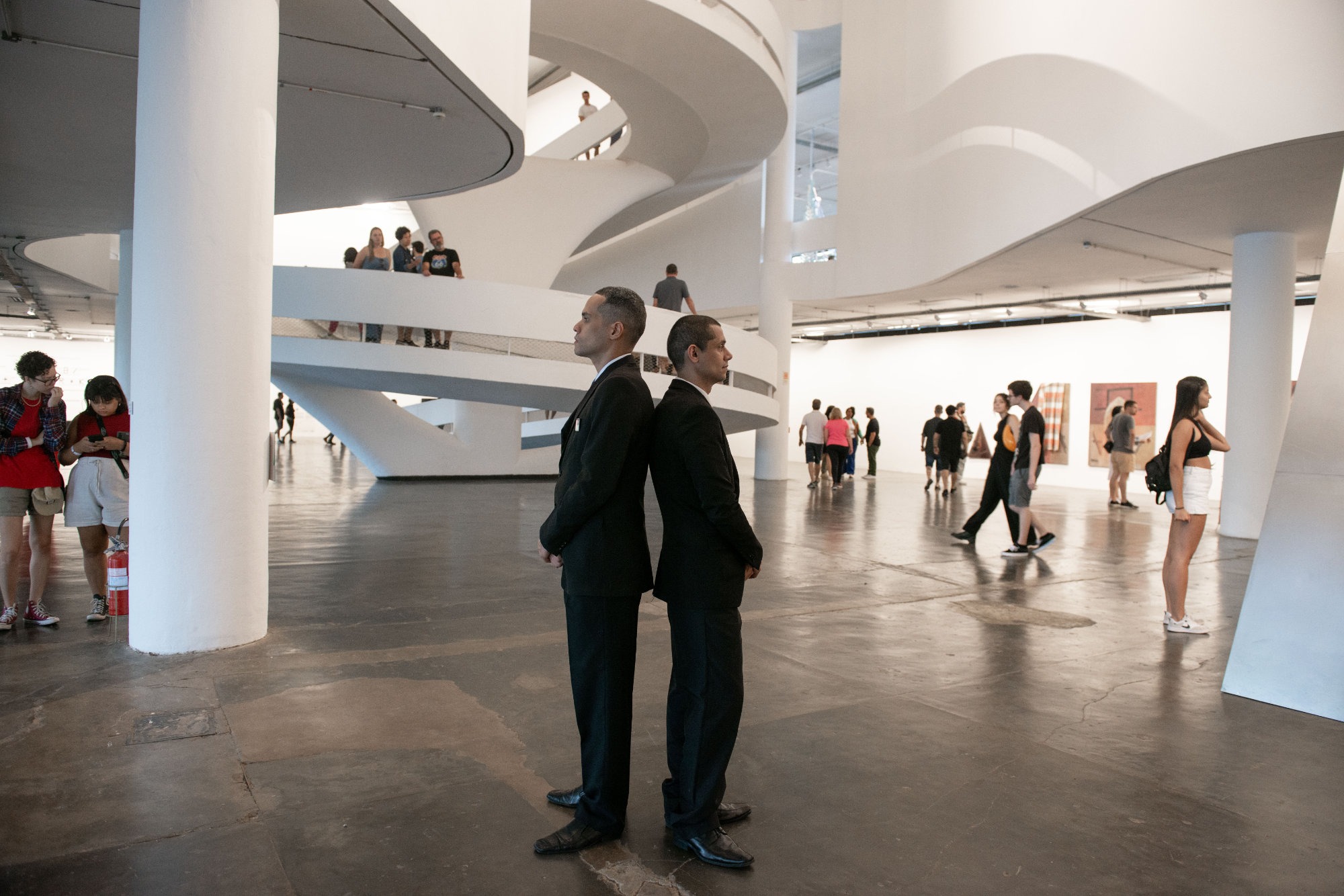
Theme: Choreographies of the impossible
Artistic Directors: Diane Lima, Grada Kilomba, Hélio Menezes and Manuel Borja-Villel
How can bodies in movement be able to choreograph the possible, within the impossible? The proposal for the 35th Bienal de São Paulo emerges as a mutual project around multiple possibilities to choreograph the impossible. As the title already suggests, it is an invitation to radical imaginations about the unknown, or even about what figures as im/possible.
We employ the term choreography to highlight the practice of drawing sequences of movements across time and space, generating multiple and new fractions, forms, images and possibilities, despite all the infeasibility and denial. We are interested in the rhythms, tools, strategies, and technologies, as well as in all symbolic, economic and juridical procedures that extra-disciplinary knowledges are able to promote, producing thus the flight, the refusal and their poetic exercises.
Here we present the impossible indefinitely, for we comprehend that its generative violence also goes beyond what we can imagine. They are often immeasurable, indescribable and unimaginable. We are concerned, therefore, about describing, without reenacting.
And so the choreography rehearsal begins.
As a curatorial proposal, choreographies of the impossible enunciates a space of experimentation – open to the dances of the unimaginable – that embodies movements capable of transforming what is apparently non-existent into existent. This idea of a choreography is based on the enigmatic nature of the artistic fact and, thus, on everything that is neither worn out nor evident, but rather on what can be named as secret, mystery or as the infinite itself. These are resilient elements, and therefore elements of rupture, of an attempt at freedom, consequently.
The curatorial team (in alphabetical order) is composed of Diane Lima, Grada Kilomba, Hélio Menezes and Manuel Borja-Villel. Our team is a collective, acting horizontally, in a counter-dance. For us, the choreographies begin with our practice, whose principle is the attempt to dismantle hierarchies, ethical and normative procedures that enact the institutional devices’ vertical power, value and violence structures – which, as we all know, the world no longer supports.
How to choreograph the choreographies of the impossible?
Where are these choreographies? How to look at them? And how do they collapse the aesthetical categories of modern thought, creating a fractal image into which the political, the historical, the organic, the physical and the spiritual unite? When and how do work, frequency, heat, sound capacity and matter become parts of this choreography? And how to create new movements, changing the speed and the dimensions of time: how to defer, accelerate or even stop it?
This first moment begins like a rehearsal, a rehearsal of movements dedicated to writing and erasing words, terms and concepts, which produce a constellation of thoughts and actions in order to find them. This rehearsal has to do with the gestures of deepening, acknowledging, collapsing, and bringing together the theoretical frameworks, symbolic references, and aesthetical repertoires that conform the very collectivity we are. And, more importantly, these gestures echo the resonances of the collectivity that goes beyond us and expands with the dialogues we have been having with other thinkers, artists, researchers, activists, curators, and poets.
We understand this moment as the first choreography of our curatorial project. It is the singularity of this essay, which strays between borders, that will allow us to unfold the 35th Bienal de São Paulo’s networks in an extra-disciplinary and extra-institutional way. Right now, the central question is: would it be possible to bring forth networks that transcend an expansive spatial movement while, conversely, having as their starting points the gestures of listening, bringing forth redistribution policies, and caring towards people, spaces, and territories, all of which are themselves the very choreographies of the im/possible that inhabit institutional limits?
Inspired by non-linear and non-progressive perceptions of time, the 35th Bienal de São Paulo proposes also a reflection on how different registers of temporality can engender other modes of producing, feeling, exposing and relating to artistic practices. Spiraling, fractal, bent time(s); cadences that move bodies, dilate and contract spaces, and thus do not fit in chronologies or sequences. This immeasurable set of possibilities of living time is the core of our curatorial interest.
This is the spiraling movement we propose, the development of the performative and gradative character of curatorial and artistic processes. Let us say that this Bienal is about creating what is possible in a world ruled by impossibilities. This is our choreographic drawing.
Salvador, Berlin, São Paulo, Madrid, 2022
Participants 2023:
Ahlam Shibli
Aida Harika Yanomami, Edmar Tokorino Yanomami & Roseane Yariana Yanomami
Aline Motta
Amador e Jr. Segurança Patrimonial Ltda.
Amos Gitaï
Ana Pi & Taata Kwa Nkisi Mutá Imê
Anna Boghiguian
Anne-Marie Schneider
Archivo de la Memoria Trans (AMT)
Arthur Bispo do Rosário
Aurora Cursino dos Santos
Ayrson Heráclito & Tiganá Santana
Benvenuto Chavajay
Bouchra Ouizguen
Cabello/Carceller
Carlos Bunga
Carmézia Emiliano
Castiel Vitorino Brasileiro
Ceija Stojka
Charles White
Citra Sasmita
Colectivo Ayllu
Cozinha Ocupação 9 de Julho – MSTC
Daniel Lie
Daniel Lind-Ramos
Davi Pontes & Wallace Ferreira
Dayanita Singh
Deborah Anzinger
Denilson Baniwa
Denise Ferreira da Silva
Diego Araúja & Laís Machado
Duane Linklater
Edgar Calel
Edgar Cleijne & Ellen Gallagher
Elda Cerrato
Elena Asins
Elizabeth Catlett
Emanoel Araujo
Eustáquio Neves
flo6x8
Francisco Toledo
Frente 3 de Fevereiro
Gabriel Gentil Tukano
George Herriman
Geraldine Javier
Gloria Anzaldúa
Grupo de Investigación en Arte y Política (GIAP)
Guadalupe Maravilla
Ibrahim Mahama
Igshaan Adams
Ilze Wolff
Inaicyra Falcão
Januário Jano
Jesús Ruiz Durand
John Woodrow Wilson
Jorge Ribalta
José Guadalupe Posada
Juan van der Hamen y León
Judith Scott
Julien Creuzet
Kamal Aljafari
Kapwani Kiwanga
Katherine Dunham
Kidlat Tahimik
Leilah Weinraub
Leopoldo Méndez
Luana Vitra
Luiz de Abreu
M’barek Bouhchichi
MAHKU
Malinche
Manuel Chavajay
Margaret Taylor Goss Burroughs
Marilyn Boror Bor
Marlon Riggs
Maya Deren
Melchor María Mercado
Min Tanaka e François Pain
Morzaniel Ɨramari
Mounira Al Solh
Nadal Walcot
Nadir Bouhmouch & Soumeya Ait Ahmed
Nikau Hindin
Niño de Elche
Nontsikelelo Mutiti
Patricia Gómez & María Jesús González
Pauline Boudry / Renate Lorenz
Philip Rizk
Quilombo Cafundó
Raquel Lima
Ricardo Aleixo
Rolando Castellón
Rommulo Vieira Conceição
Rosa Gauditano
Rosana Paulino
Rubem Valentim
Rubiane Maia
Sammy Baloji
Santu Mofokeng
Sarah Maldoror
Sauna Lésbica by Malu Avelar with Ana Paula Mathias, Anna Turra, Bárbara Esmenia & Marta Supernova
Senga Nengudi
Sidney Amaral
Simone Leigh e Madeleine Hunt-Ehrlich
Sonia Gomes
stanley brouwn
Stella do Patrocínio
Tadáskía
Taller 4 Rojo
Taller NN
Tejal Shah
The Living and the Dead Ensemble
Torkwase Dyson
Trinh T. Minh-ha
Ubirajara Ferreira Braga
Ventura Profana
Wifredo Lam
Will Rawls
Xica Manicongo
Yto Barrada
Zumví Arquivo Afro Fotográfico
